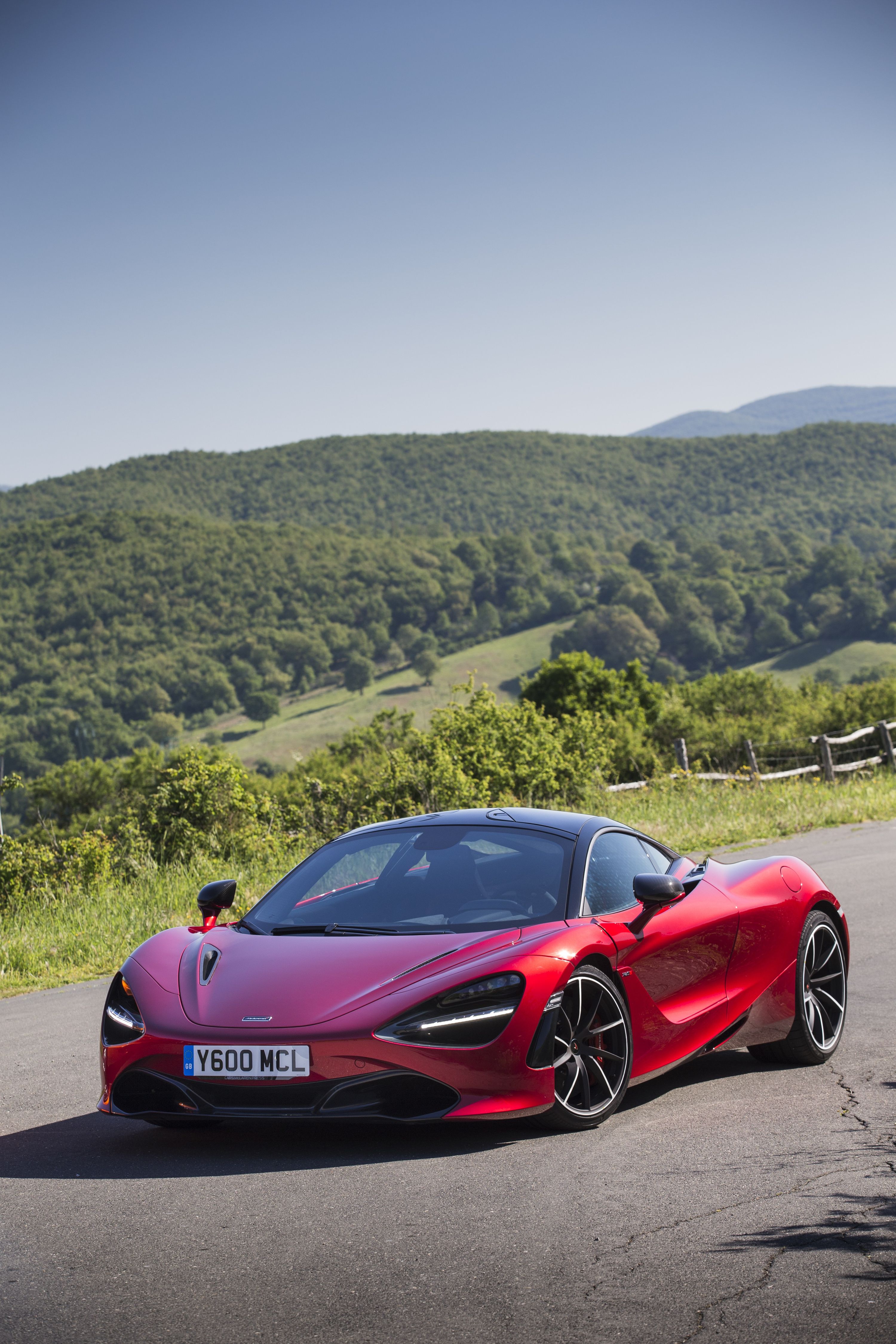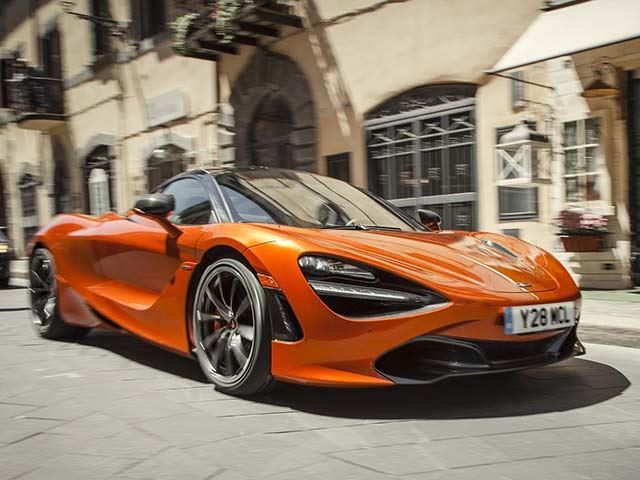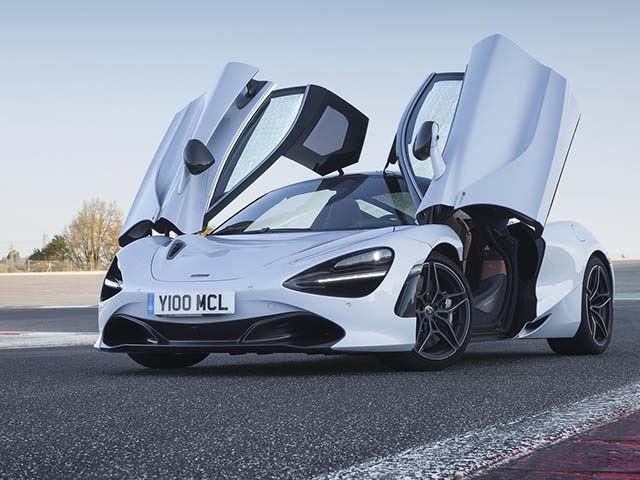
Now and again, the issue of automakers lying to the public about the power output of one of its vehicles resurfaces, particularly when on-track performance seem to be inconsistent with what should be expected out of a car's horsepower output. At worst, an automaker is exaggerating horsepower figures, though that's rarely the case. What happens most of the time is that a car's performance is seemingly much more impressive than its power figures would lead one to believe.
Apparently BoostAddict found that to be true of the McLaren 720S. Being less confusing than Ferrari, McLaren named its new supercar the 720S because its 4.0-liter twin-turbo V8 makes 720 metric horsepower at the crank (710 imperial horsepower, the rating we use in the US). Already that sort of power blasts competitors like the Ferrari 488 GTB and Lamborghini Huracan out of the water, but the new MaCa seems to be impressing so many people that BoostAddicts just had to strap the 720S to the dyno to see what the situation was. What it found was mind blowing. After three runs, the McLaren managed to consistently put down nearly 700 horsepower to the rear wheels, with multiple runs rated at 694 ponies, 696 horses, and 699 horsepower.
Again, that's nearly 700 horsepower at the wheels, which is impressive for one reason. In a rear-wheel drive vehicle, wheel horsepower is typically 10-15% less than what's produced at the crank because some power is sapped away by friction in the driveline. However, if the 720S is making 710 horsepower at the crank, it should only produce between 600-640 horsepower at the wheels, which is obviously not the case. So how do you explain all the extra power? There are two possibilities here. The least likely is that McLaren has somehow worked out a way to engineer a drivetrain so efficient that slightly over 1% of power is lost in the transition from engine to gearbox and gearbox to wheels, but that's a bit far-fetched.
The more likely scenario is that the McLaren 720S is actually making closer to 780 horsepower at the crank, a truly outrageous number by any standard. Furthermore, The Drive postulates that this sandbagging practice could be the rule at McLaren, not the exception, since it was recently found that the 562 (metric) horsepower 570S actually puts down 532 ponies at the rear wheels. Run those numbers through the simple equation and it may mean the 570S actually makes closer to 595 horsepower. Either that or, you know, that whole super efficient drivetrain thing. If McLaren is lying to us, we think we can find it in our hearts to forgive.


